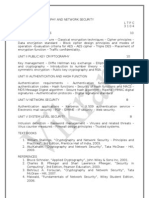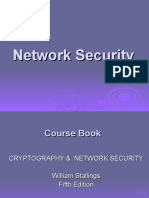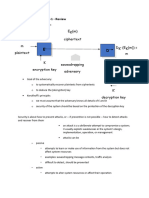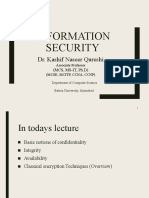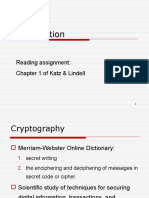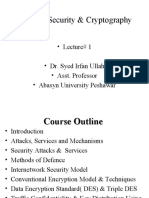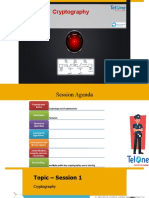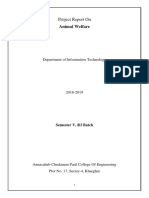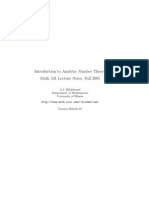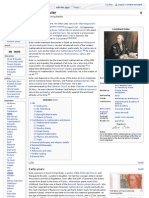0% found this document useful (0 votes)
155 views73 pagesUnit 1 Introduction and Number Theory PDF
The document presents an overview of cryptography and network security, covering topics such as security services, mechanisms, attacks, and classical encryption techniques. It discusses concepts like confidentiality, integrity, authentication, and various cryptographic algorithms including symmetric, asymmetric, and steganography. Examples of cryptanalysis methods like brute force, statistical, and pattern attacks are also explained.
Uploaded by
Swapnil NawaleCopyright
© © All Rights Reserved
We take content rights seriously. If you suspect this is your content, claim it here.
Available Formats
Download as PDF, TXT or read online on Scribd
0% found this document useful (0 votes)
155 views73 pagesUnit 1 Introduction and Number Theory PDF
The document presents an overview of cryptography and network security, covering topics such as security services, mechanisms, attacks, and classical encryption techniques. It discusses concepts like confidentiality, integrity, authentication, and various cryptographic algorithms including symmetric, asymmetric, and steganography. Examples of cryptanalysis methods like brute force, statistical, and pattern attacks are also explained.
Uploaded by
Swapnil NawaleCopyright
© © All Rights Reserved
We take content rights seriously. If you suspect this is your content, claim it here.
Available Formats
Download as PDF, TXT or read online on Scribd
/ 73












